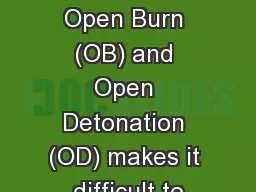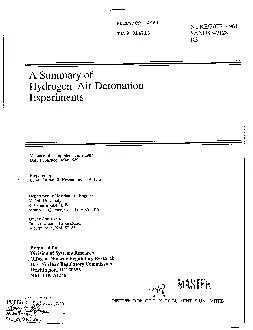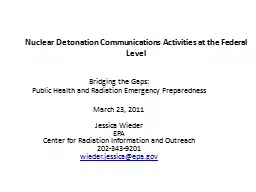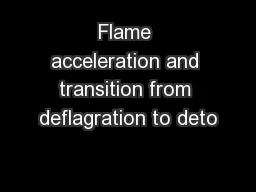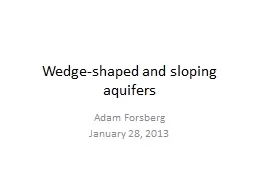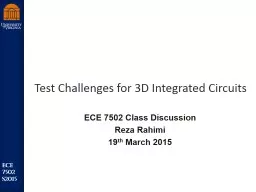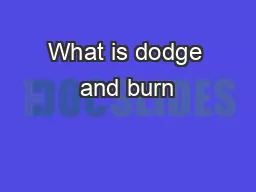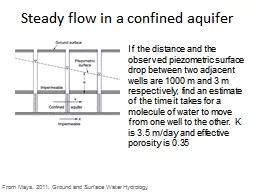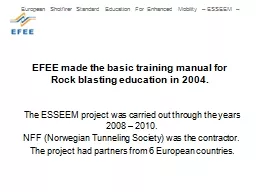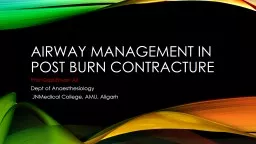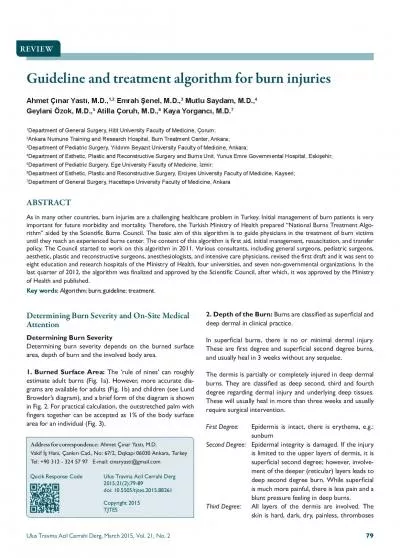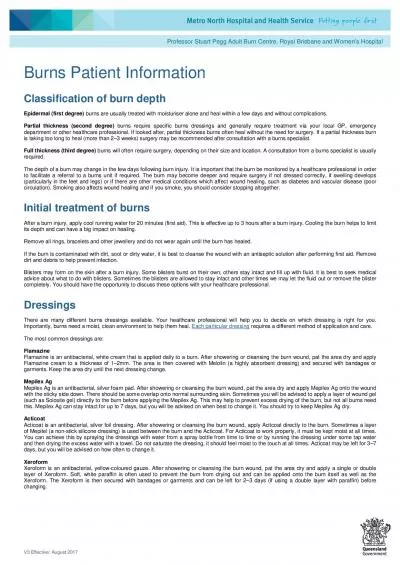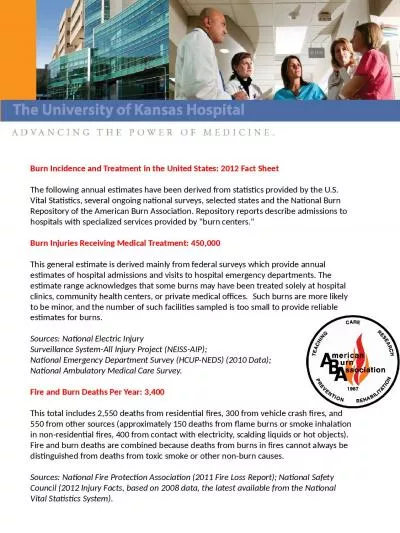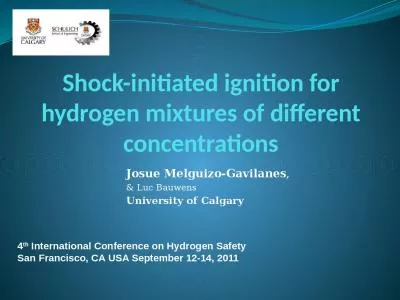PPT-Unconfined nature of Open Burn (OB) and Open Detonation (OD) makes it difficult to
Author : danika-pritchard | Published Date : 2018-02-16
Measure releases or Evaluate the efficiency of destruction for the waste stream Without defensible data the perception is this is really bad DoD Open Burn
Presentation Embed Code
Download Presentation
Download Presentation The PPT/PDF document "Unconfined nature of Open Burn (OB) and ..." is the property of its rightful owner. Permission is granted to download and print the materials on this website for personal, non-commercial use only, and to display it on your personal computer provided you do not modify the materials and that you retain all copyright notices contained in the materials. By downloading content from our website, you accept the terms of this agreement.
Unconfined nature of Open Burn (OB) and Open Detonation (OD) makes it difficult to: Transcript
Download Rules Of Document
"Unconfined nature of Open Burn (OB) and Open Detonation (OD) makes it difficult to"The content belongs to its owner. You may download and print it for personal use, without modification, and keep all copyright notices. By downloading, you agree to these terms.
Related Documents

